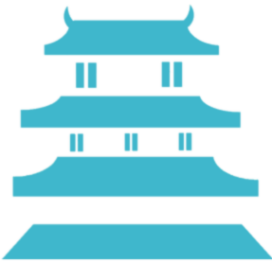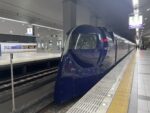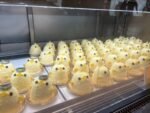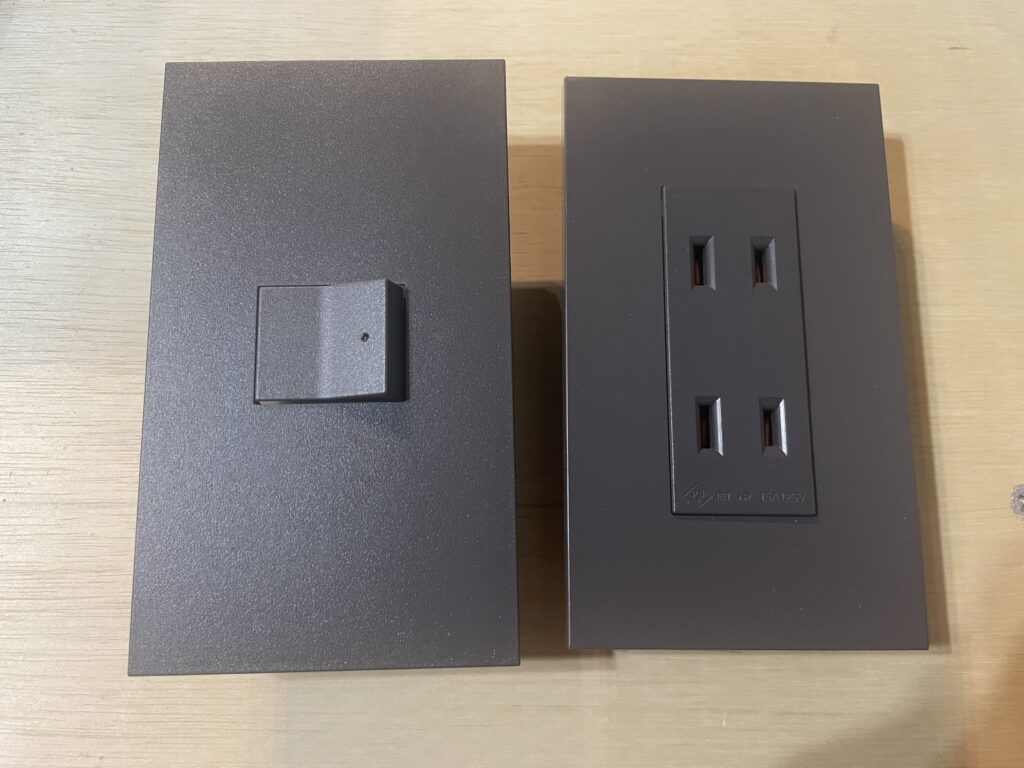
When traveling to Japan, one practical detail that often surprises visitors is the difference in electrical outlets, voltage, and charging options. To ensure your devices work smoothly during your stay, here’s what you should know.
Outlet Type in Japan
- Type A: Flat two-pin plug (the same shape commonly seen in the United States, Canada, and parts of Central America).
- Type B: Sometimes found, with two flat pins plus a grounding pin, but much less common.
Most hotels, cafés, and train stations provide Type A outlets. If you are traveling from a country that uses a different plug shape (such as Europe, the UK, or Australia), you will need a plug adapter.

USB Ports in Hotels and Public Spaces
In addition to regular outlets, many modern hotels, airports, and cafés in Japan now offer USB charging ports.
- USB Type-A: Widely available, especially in hotel rooms and lounges.
- USB Type-C: Becoming more common in newer hotels and high-end facilities.
⚠️ However, USB ports are not guaranteed everywhere. Older hotels or budget accommodations may only have standard outlets. To avoid problems, always carry your own charging cables and a plug adapter.
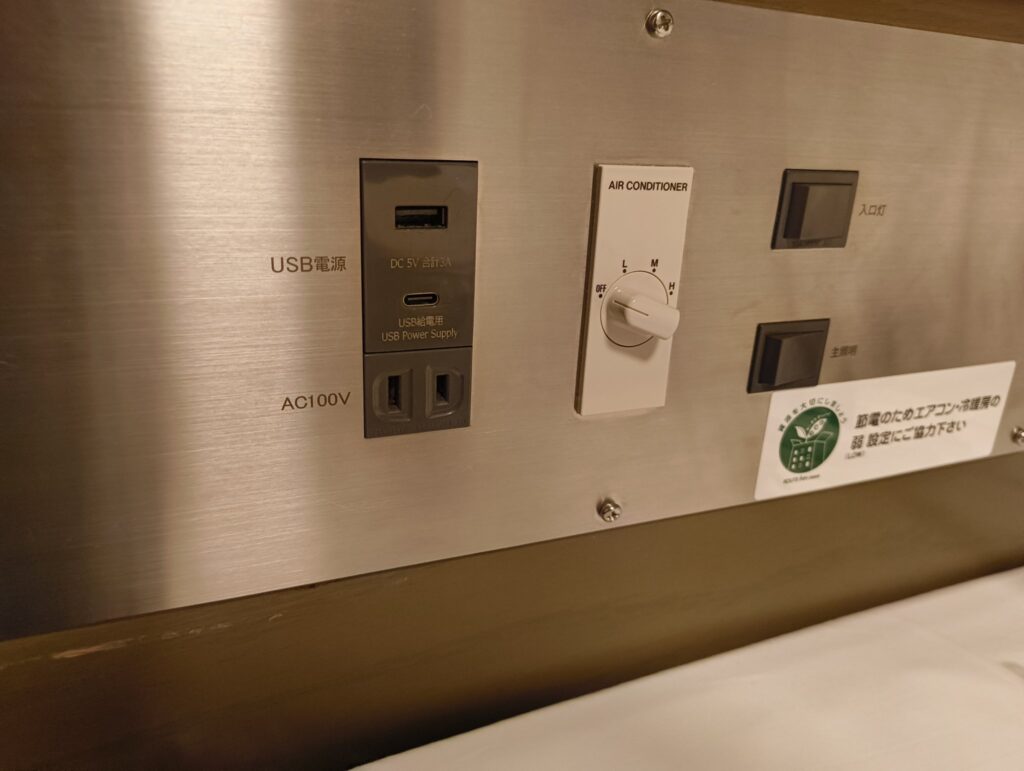
Voltage in Japan
- Voltage: 100V (lower than the global standard of 220–240V in many countries).
- Frequency:
- Eastern Japan (Tokyo, Yokohama, Sapporo, Sendai): 50Hz
- Western Japan (Osaka, Kyoto, Nagoya, Hiroshima, Fukuoka): 60Hz
Most modern electronics like smartphones, tablets, and laptops are designed for 100–240V and 50/60Hz, which means they can safely handle Japan’s electricity. Always check the label on your device or charger.
Can You Use Devices from Other Countries?
- Yes, if your charger says 100–240V: For example, phone chargers and laptops usually work without issue. You only need a plug adapter.
- No, if your device is 220–240V only: Some hair dryers, curling irons, or electric shavers from Europe or Asia may not function properly, or they may run weakly. In such cases, a voltage converter (transformer) is necessary.
Do You Need a Voltage Converter?
- Not necessary: For most electronics (laptops, cameras, smartphones, tablets).
- Necessary: For single-voltage appliances like some hair dryers, rice cookers, or kettles brought from abroad.
Since converters can be heavy and inconvenient, many travelers prefer to use hotel-provided hair dryers and irons or purchase travel-friendly appliances designed for 100–240V use.
Tips for Travelers
- Bring a plug adapter if your country doesn’t use Type A outlets.
- Check your device label for “100–240V, 50/60Hz” to confirm safe use.
- Bring your own cables even if hotels may have USB ports.
- Use hotel appliances for high-power devices instead of carrying your own.
- Consider a universal adapter if you travel often to multiple countries.
Frequently Asked Questions (FAQ)
🔌 Which countries use the same plug type as Japan?
Japan uses Type A outlets, which are also common in:
- United States
- Canada
- Mexico
- Taiwan
- Philippines
- Parts of Central America and South America
🔌 Can I use my American or Canadian plug in Japan?
Yes, the plug shape is the same. However, note the voltage difference:
- USA/Canada: 120V
- Japan: 100V
Most electronics (like laptops and phone chargers) work fine, but appliances such as hair dryers or irons may have reduced performance.
🔌 What about 3-pin plugs (Type B)?
Some American devices use Type B plugs with a grounding pin. While a few outlets in Japan support them, most do not. You may need a Type B to Type A adapter.
🔌 Do I need a voltage converter?
- No: For dual-voltage electronics (100–240V), such as laptops, cameras, and phone chargers.
- Yes: For single-voltage appliances (like some European hair dryers, kettles, or rice cookers).
✅ With just a simple plug adapter and your own cables, most visitors will have no trouble charging their devices in Japan. Understanding Japan’s 100V system, plug compatibility, and USB availability helps you stay powered up and enjoy a smooth trip!
Alcoholic beverage Anime April Architecture August Autumn Building Capital Area Cherry blossom February Flower Hokkaido Izakaya January Japanese food July Kinki kyoto Local ramen Manga March Nagoya Nature Nightlife Night view Osaka Photogenic Pink Red September Shopping Shrine Souvenir Spring Station Summer Superb view Temple Tips Tohoku Tokai Tokyo Torii White Winter

